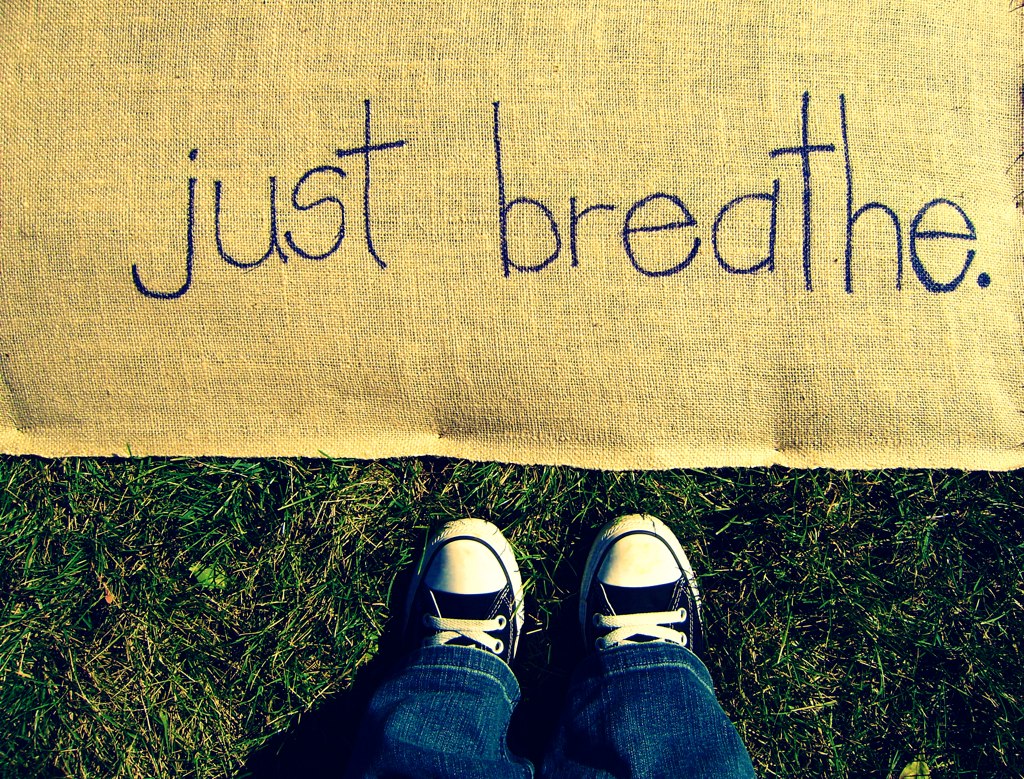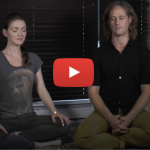
Do you get distracted by your breath in meditation?
A lot of people struggle with this. You’re not alone. So what is the right way to breathe when you meditate?
How To Breathe in Meditation
There are a few ways to answer this.
First, the answer depends on your particular practice. Is it yogic breathing, like pranayama? Or is it Vipassana, which uses the breath and bodily sensations as an object to focus your attention? Maybe it’s something different.
Second, it’s easy to get distracted thinking about your breath when you meditate. Should it be deeper? Should it be longer? Should you pause on the inhale or on the exhale (also known as the top and the bottom of the breath)?
Or, should you just breathe naturally and count each breath?
These are all good and important questions to get clear about before you practice. Because once you start meditating, you don’t want to get distracted by your breath.
Look, you’re already trying to let go of your mind. You don’t need any added distractions.
And for those of you who like to geek out on this stuff, there are some amazing schools of practice that have very subtle and scientific teachings on the breath. But we’ll save that topic for another post.
For now, I want to keep it super simple. And whatever school of practice you belong to, there are a few basic guidelines you can follow that will help.
Let’s break it down based on the two fundamental approaches to meditation: focused awareness and free awareness.
Your Breath in Focused Awareness
In focused awareness, also called ‘meditation with seed’ we use the breath to focus our attention. With seed means that you are focusing on something (versus nothing). It can be anything—a mantra, the breath, a visualization.
When you use the breath as a point of focus for your awareness, your attention becomes singular as you count or follow each breath. All your attention is resting on this one object, your breath. And the most important thing is to stay relaxed and attentive.
If your breath speeds up, don’t worry. Just let it return to a natural rhythm. You aren’t concerned with the quality of the breath itself. If it slows way down, that’s fine too. Just keep your attention soft and alert and focused on your breath.
By focusing on your breath in this way and allowing your attention to be one-pointed, you will start to fall into meditation. Technically, focusing on the breath helps you withdraw your attention from everything else.
As everything else starts to fall away, all your worries, problems, and concerns start to fade into the background. The deeper you go, the more you will start to rest in the exquisite silence that lies peacefully under all the noise in your mind.
And because your breath is rhythmic, smooth, and relatively consistent, it’s a wonderful object for your attention while meditating.
Remember, the word inspire means to breathe in.
Your Breath in Free Awareness
Free awareness is the second category, also called ‘meditation without seed.’ That means you are letting your attention rest on the limitless dimensions of awareness itself.
In this context, you want to let go of the breath completely. Free awareness means that your attention is free from any and every object, including your breath. So it’s important to let your breath be as natural as possible. Just let it follow it’s own rhythm.
I practice free awareness, so my approach to the breath is to not worry about the speed, quality, depth, or volume at all. I just forget about it completely. And this works well for me. But it might not be the right approach for you. Remember, you should find out which approach works best for you.
Ultimately, both free and focused awareness lead to the same end. The goal of your meditation is to let everything go. You are endeavoring to free your mind from any worries or concerns, including your breath.
Now how should you proceed?
First, get clear about the category of meditation you practice: focused awareness or free awareness. Then, keep it simple. Apply the basic tips above. Above all, relax and don’t get distracted from the main event.
What’s the main event? To let go, free your mind, and come back to that spacious open awareness at the heart of who you are.


